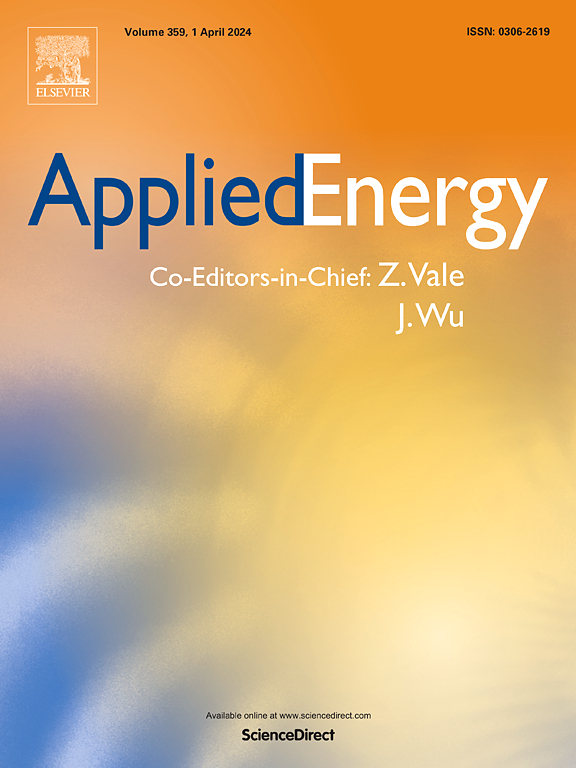A comprehensive review on renewable power-to-green hydrogen-to-power systems: Green hydrogen production, transportation, storage, re-electrification and safety
IF 10.1
1区 工程技术
Q1 ENERGY & FUELS
引用次数: 0
Abstract
Green hydrogen, produced from renewable energy sources, facilitates zero-emission electricity generation and supports self-peaking and cross-regional renewable energy dispatch, thereby promoting a virtuous cycle for SDG7 attainment. Despite its potential, there has been limited discussion on how green hydrogen can provide affordable, reliable, and sustainable energy for the world's poorest, particularly from the stakeholder perspective. This work provides a holistic review on renewable power-to-green hydrogen-to-power (RP2GH2P) systems, encompassing green hydrogen production, storage, transport, re-electrification, and safety, assessing technological characteristics and implementation challenges, with emphasis on stakeholders' concerns. Key challenges to developing the potential of RP2GH2P include: current efficiencies and costs are unappealing to governments and investors; the absence of comprehensive and effective tools for accurately assessing security risks perpetuates public concern; and the mechanisms and business models for RP2GH2P to provide grid peaking and frequency regulation are still undeveloped. Finally, conclusions show that continuous efforts on technological advancement and political support are required to enable a rapid development of RP2GH2P.
求助全文
约1分钟内获得全文
求助全文
来源期刊

Applied Energy
工程技术-工程:化工
CiteScore
21.20
自引率
10.70%
发文量
1830
审稿时长
41 days
期刊介绍:
Applied Energy serves as a platform for sharing innovations, research, development, and demonstrations in energy conversion, conservation, and sustainable energy systems. The journal covers topics such as optimal energy resource use, environmental pollutant mitigation, and energy process analysis. It welcomes original papers, review articles, technical notes, and letters to the editor. Authors are encouraged to submit manuscripts that bridge the gap between research, development, and implementation. The journal addresses a wide spectrum of topics, including fossil and renewable energy technologies, energy economics, and environmental impacts. Applied Energy also explores modeling and forecasting, conservation strategies, and the social and economic implications of energy policies, including climate change mitigation. It is complemented by the open-access journal Advances in Applied Energy.
 求助内容:
求助内容: 应助结果提醒方式:
应助结果提醒方式:


